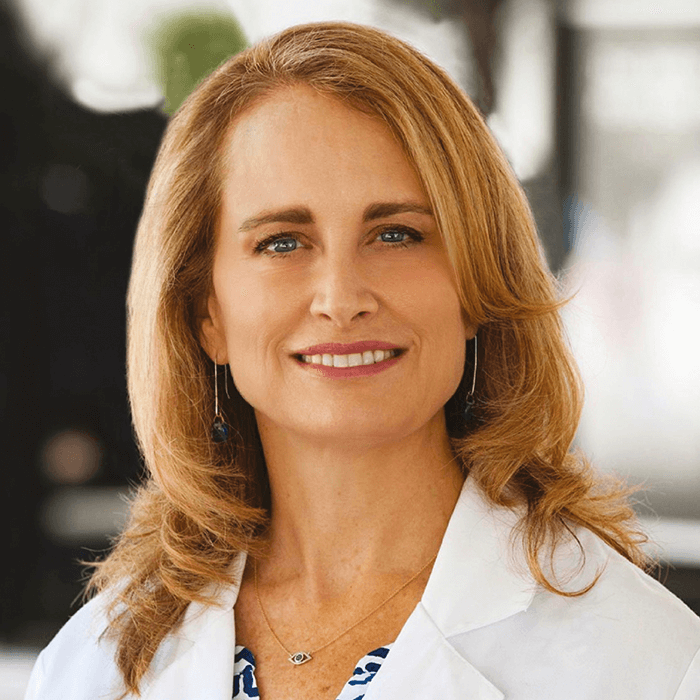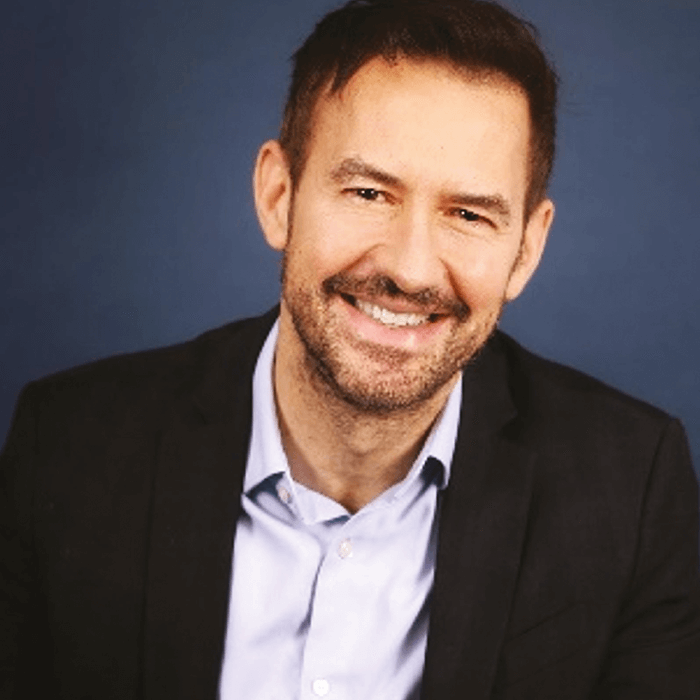
Cathleen M. McCabe
Chief Medical Officer, Eye Health America; Medical Director, The Eye Associates; Chair, Refractive Surgery Clinical Committee ASCRS; Co-Chief Medical Editor, Cataract Refractive Surgery Today; Co-Chief Medical Editor, Ophthalmic ASC Magazine; and President, Outpatient Ophthalmic Surgery Society, Bradenton, Florida, USA
The biggest breakthrough that I’ve seen in my career has been the shift in focus from disease mitigation (by removal of cataracts with cataract surgery) to that of improving the quality of vision and independence from glasses. The evolution of premium IOLs has allowed us to treat presbyopia, providing a range of spectacle-independent vision, as well as maximizing distance vision. We have also seen the development of better diagnostics, intraoperative digital guidance, femtosecond lasers, and advanced IOL calculation formulas. The recent commercialization of the light adjustable lens is taking outcomes to a new level of precision.
The other monumental development has been the advent of MIGS procedures and the opportunity to improve quality of life and image quality by increasing pressure control and independence from the need for topical pressure-lowering medications. Depot medications are another sea change in how we think about the impact of drops on patient compliance and ocular surface toxicity. Additionally, I have seen a dramatic increase in treatment options for dry eye, including medications, meibomian gland treatments, nutraceuticals, and even more in the pipeline. Cenegermin is the first dry eye medication that treats the underlying cause of dry eye with efficacy that lasts much longer than the treatment time.
Having practiced through an era where we’ve seen a full change from paper charts to electronic medical records, I understand the pain that has been a part of this transformation, the unrealized potential to improve how we communicate with other providers, through an increase in the portability of the record, and the strength of pooled data, such as the IRIS registry. With that pain, however, we’ve realized benefits beyond data gathering, such as a more legible record and the opportunity – with machine learning – to automate data transcription and outcomes analysis and optimization. I am hopeful that it will bring additional advantages in the future.
Damien Gatinel
Head of the Anterior Segment and Refractive Surgery Department, Rothschild Foundation Hospital, Paris, France
The eruption of the laser in refractive surgery with the excimer and the femtosecond technology 20 years ago has profoundly reshaped the landscape of surgical procedures. It allowed LASIK to become the safest, most versatile, and the most reproducible technique in refractive surgery. I like to remember that lasers were initially predicted in a purely theoretical way by Einstein at the beginning of the 20th century, but we had to wait another 50 years before seeing his brilliant predictions become a practical reality and then penetrate many medicine sectors, with ophthalmology at the forefront.
Though light is ubiquitous in the universe, laser light is not natural but the result of applying theories developed using pure human intelligence and learning. I consider laser light as a symbolic beacon that radiates the intelligence, knowledge, and technical expertise that humankind has been able to develop.

H. Burkhard Dick
Professor and Chairman, Director, Ruhr University Eye Hospital, Germany
Gene analysis and gene therapy are, in my view, breathtaking developments. They will not only lead to new options in treating diseases, but will also enable us to take the next step of preventing diseases from happening at all. I predict that, within 10 years, a quick mouth swab will provide us with an individual risk profile and thus tell us what can be done to stop a potential affliction from ever happening. I think this will far surpass anything we have seen in medicine so far.
In my specific field, the introduction of the femtosecond laser into cataract surgery is a major breakthrough. This technique allows us to operate with unparalleled precision, particularly when it comes to capsulotomy. It is not only an immensely efficient tool for IOL implantation, particularly premium IOL implantation, but, in our clinic, has proven to be extremely helpful in very special and challenging cases, such as pediatric cataracts, intumescent cataracts, and in eyes with comorbidities, such as cornea guttata.

